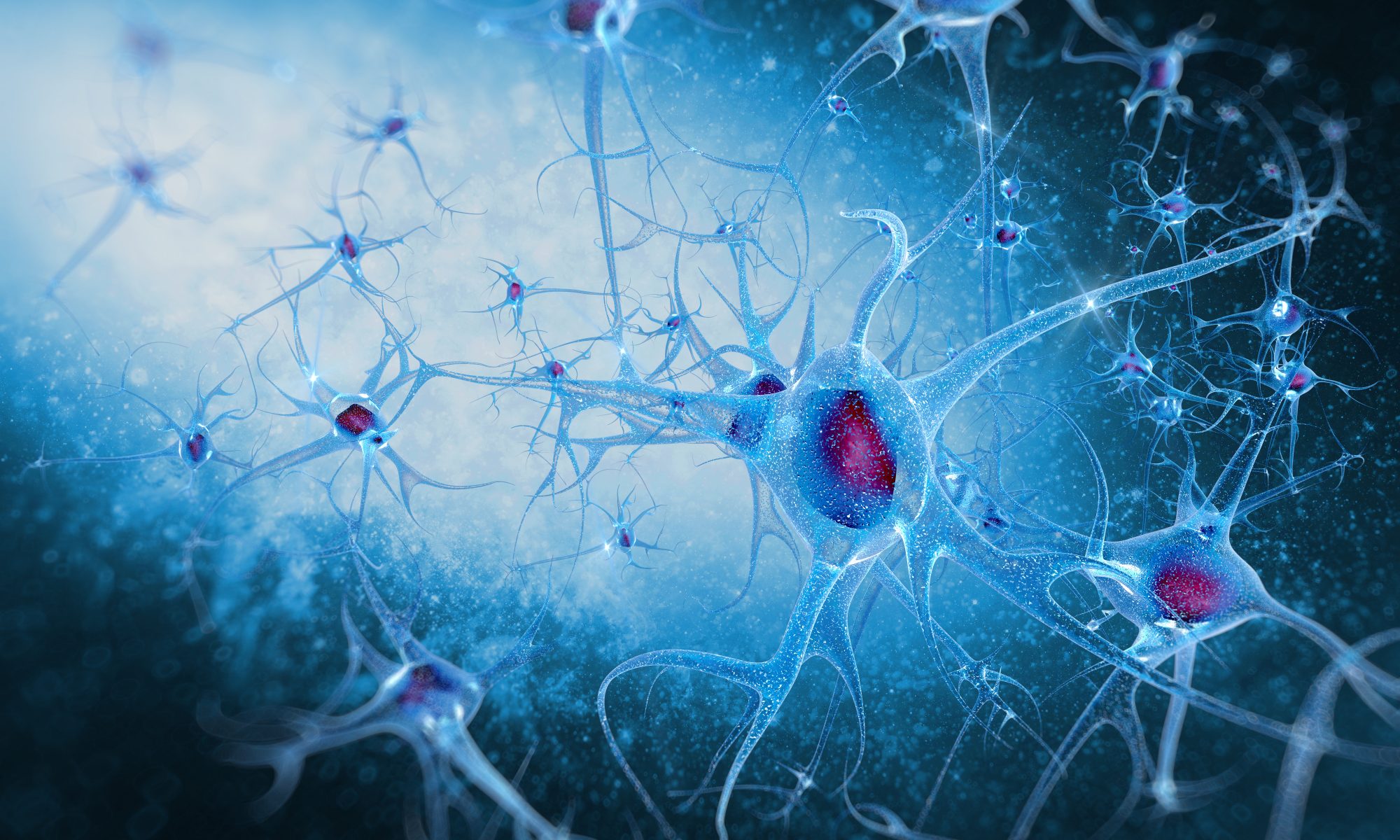Post-Traumatic Stress Disorder (PTSD) affects 3.5 percent of the U.S. population (compared to 1 percent elsewhere), and the majority of PTSD patients experience substance use disorder. In particular, PSTD and cocaine use disorder tend to be comorbid, with significant overlap between the two disorders. The development of potential medications to treat individuals suffering PTSD, and others suffering PTSD who also are abusing drugs, is hindered by a lack of animal models to study the brain changes caused by PTSD alone and in combination with drug abuse.
Lori Knackstedt, UF professor of psychology and a drug abuse expert at the University of Florida, is lead author on a new study showing a novel animal model with which to study comorbid PTSD and addiction. Comorbidity is the condition of one person suffering two simultaneous diseases. Using this newly developed model, researchers could identify specific gene that can be targeted for treatment. Their work was recently published in the journal Translational Psychiatry.
PTSD tends to occur from a single traumatic event, but not all individuals who experience trauma develop PTSD. Of those that do, anxiety symptoms tend to be long-lasting and interfere with everyday life. Animal models of PTSD currently in use typically study all animals that are exposed to the stressor. This new approach, uses a single exposure to predator scent and examines long term anxiety symptoms; identifying only a small populations of rodents that exhibit such long-lasting symptoms. This new model then evaluates drug-seeking behavior and relapse in such stress “susceptible” rats, finding major differences in brain gene expression and stress hormone levels between the anxious rats and resilient rats.
“We were inspired to start this project because the vast majority (more than 95 percent) of animal studies investigating comorbid PTSD and addiction do not separate out the PTSD-like rats or mice from resilient rats or mice,” said Knackstedt. “We found, that like humans, not all rats develop long-term anxiety after a stressor.”
The researchers hypothesized that stress-susceptible individuals would exhibit a greater escalation of cocaine intake relative to stress-resilient individuals than those in the control group. Based on previous work by Knackstedt and her team showing that the antibiotic Ceftriaxone (Cef) is able to reduce recurring impulses to seek cocaine, the team administered Cef to understand its potential role in treating PTSD comorbid with cocaine addiction. Cocaine inhibits, while Ceftriaxone encourages, the expression of two proteins, xCT and GLT-1, in the nucleus accumbens, the reward center of the brain. These proteins control glutamate homeostasis and are important regulators of cocaine relapse. Ceftriaxone appears to increase reuptake of glutamate, a neurotransmitter that regulates dopamine, the crux of the reward system.
In the present research, Cef prevented drug-seeking in stress-resilient and control individuals, but only attenuated it in stress-susceptible individuals. The researchers found that neuroplasticity is key to stress resilience and is mediated by the expression of the genes mGlu5 and CBI in the amygdala, which controls fear, and mGlu5 in the medial prefrontal cortex, which regulates short-term memory. Targeting these genes could improve treatment for individuals with PTSD.
For stress-susceptible individuals, “We find that re-exposure to the trauma environment without the trauma present, akin to exposure therapy in humans, is a key mediator of treatment,” the researchers said in a statement.
“Now that we have an animal model that closely mimics the symptoms of patients who have both PTSD and cocaine use disorder, such as anxiety that will not end and persistent drug seeking, we and other scientists can use a model to determine the underlying changes in the brain and design better treatments,” said Knackstedt.
